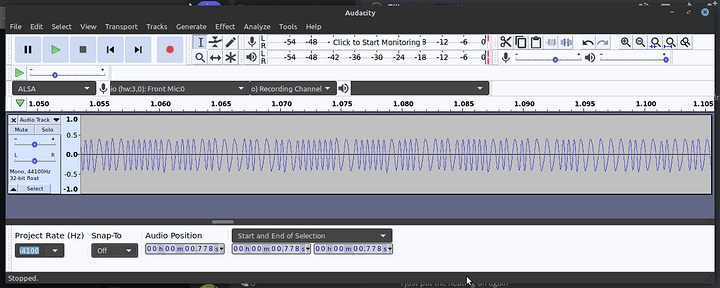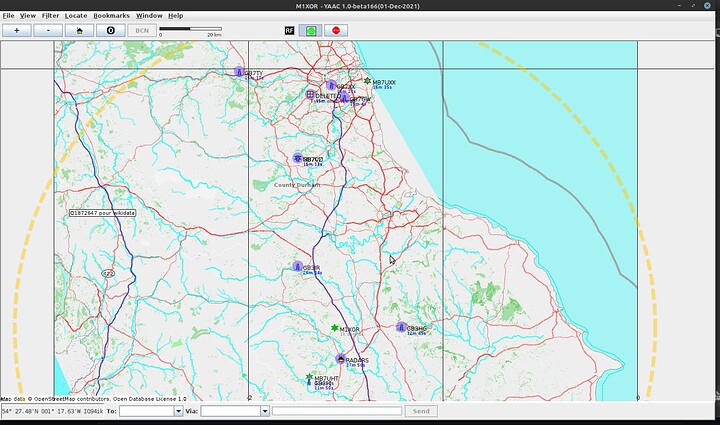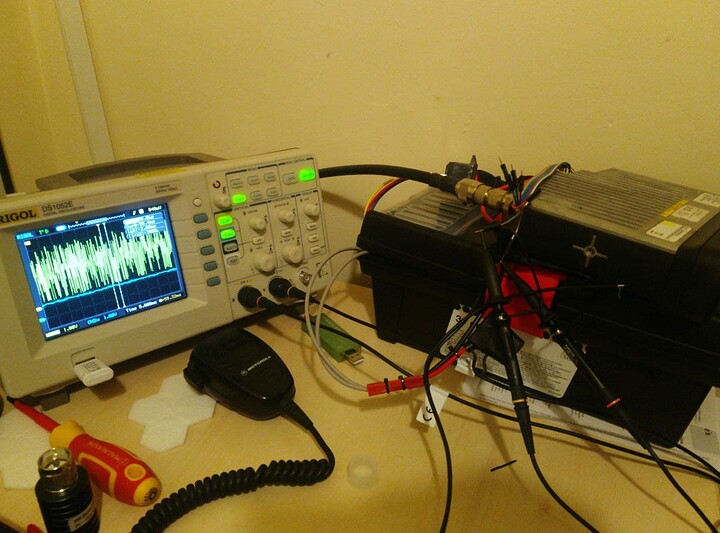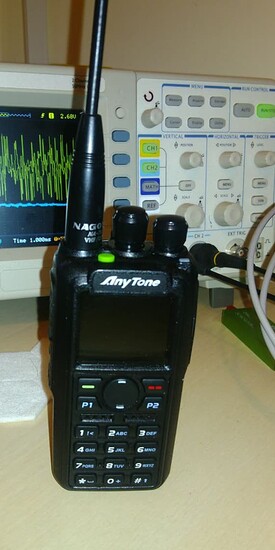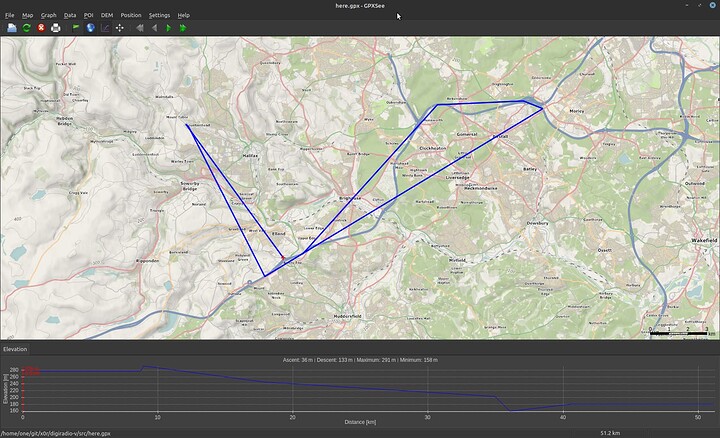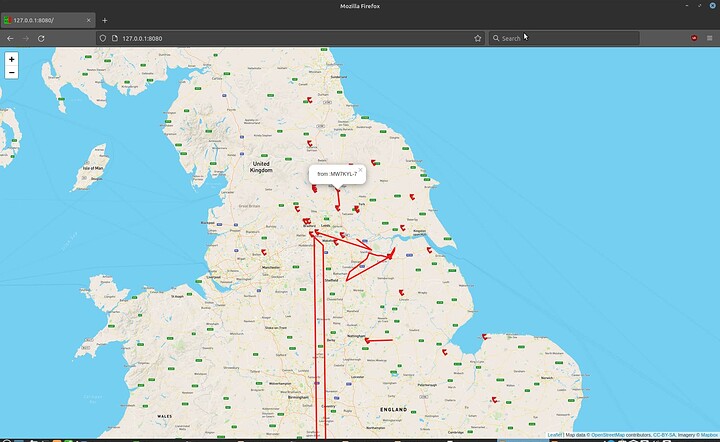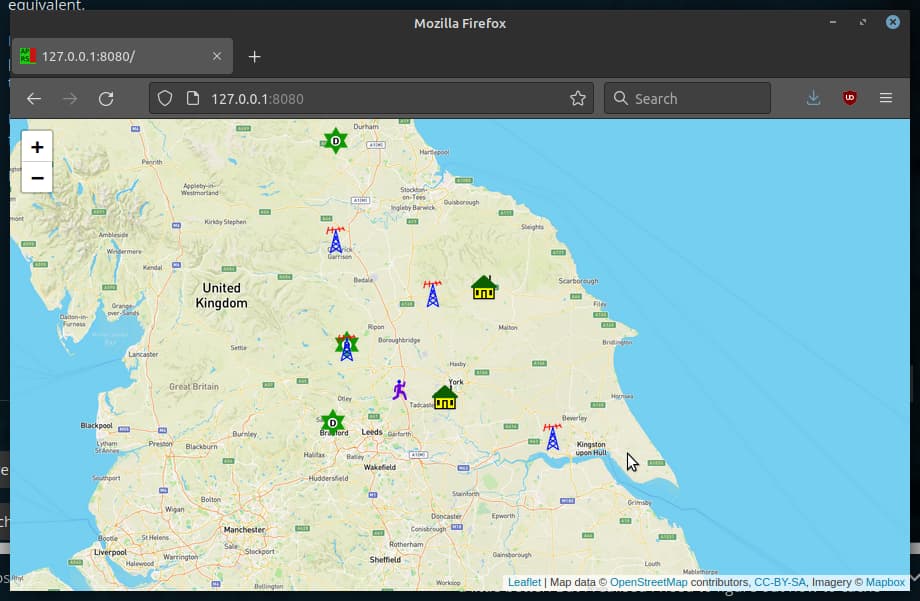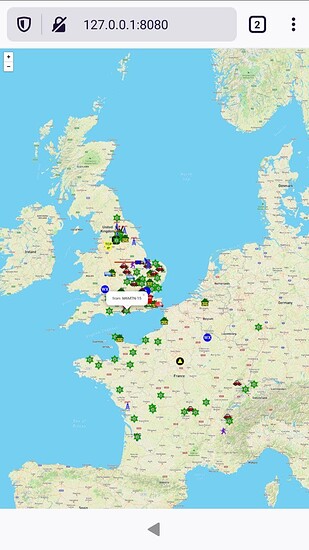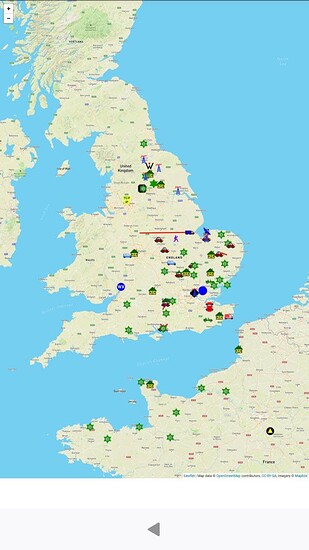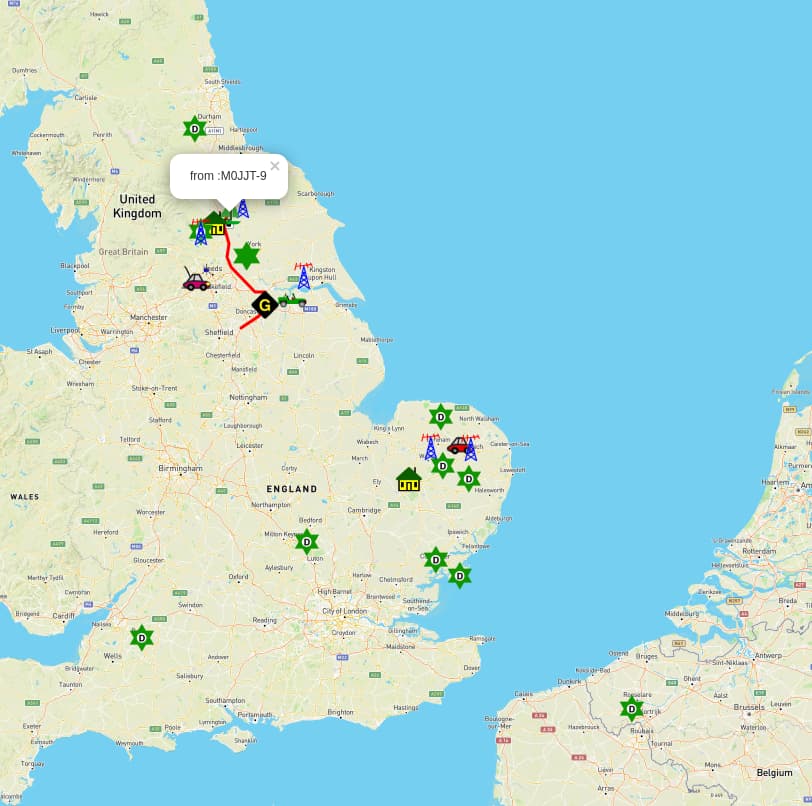Another Update 11th Dec:
I have recieved my GM340 and I had a DB sub9 port and a sacraficial ethernet patch lead to make a serial programming cable. But searching the pinout quickly told me it wasn’t an RS232 serial standard. But rather Motorola’s own “RIB” or Radio Interface Box. This is their own UART bus. So I bought another usb to RIB serial interface. Do’h! Set me back a few more days until that arrived.
The interface did arrive and I managed to program the radio to talk to the APRS frequencies and also managed ensure the back expansion adapter was spitting out flat unfiltered audio. No pre/post emphasis. I hooked the output to a scope and it looked promising.
Then finally, let’s make the cable into the audio jack and get Direwolf fired up. I pulled out some cheap jumper cables from my project box and got soldering. When i went and neatly heat shrinked it all all to be tidy. I tested for continuity and nothing.
I found the cause of this, it wasn’t my soldering, but rather than jumper cables were pre crimped. But poorly, crimped on the insulation, not the copper. Hence no connectivity. Wasted 30 minutes there, and made sure my next set didn’t have the same build issues.
Finally I power it up and get a waveform capture in audacity, just to check it levels and noise.
Now that’s clean and was absolutely what I was expecting! you can see the mark/space going between the two tones.
Firing up Direworf showed it was decoding stuff, looking good. But to help visualise it, I put it into YAAC (yet another APRS client).
So I was happy. And I also managed to finally prove out that my Anytone 878UV plus was spitting out valid packets. If the weather is good, I may go out for a walk and see if it will track me.
So Hopefully that will be end of the majority of the hardware. I may tidy it up and later deploy the software onto a PI rather than my desktop for a more 24/7 appropriate operation.
Now onto software! I wrote some python script to simply talk to the KISS TNC over TCP. That is effectively the API to direwold decoding the packets off the sound card.
Fortunately there is a python KISS and APRS packet module written. So I’ve imported them and am now saving packets to file for later replay.
The APRS module seems to need a little help with decoding the to/from addresses based on the demo code I’ve seen. But I will see next fully decode the data and extract station geolocations.
The YAAC screenshot is effectively what I would like to mimic in a browser.
Oh and here is a photo of the corner lab I have
